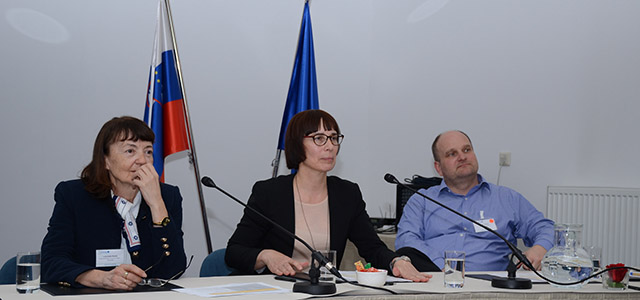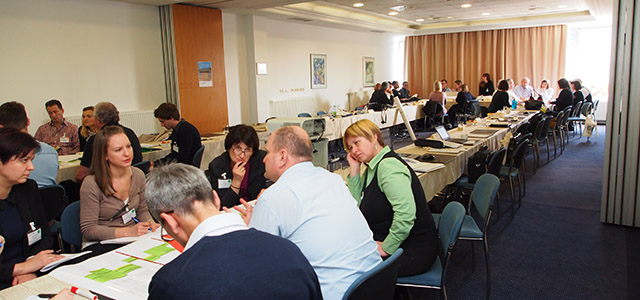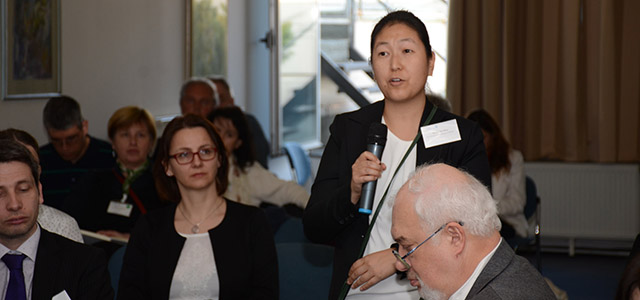DriDanube project was launched on 1 January 2017 as a multi-partner cooperative initiative of 10 countries from the Danube region under the leadership of the Slovenian Environmental Agency (ARSO). The project’s main objective is to increase the capacity of the Danube region to manage drought related risks. It aims at helping all stakeholders involved in drought management become more efficient during drought emergency response and prepare better for the next drought.

The goal of the first Project Meeting was to present and discuss all six Work Packages in detail, as well as the linkages and synergies among them. The focus of the discussions was on the project’s main deliverables:
- How to develop a Drought User Service, an operational innovative service on the basis of ”Big data”, that will improve drought monitoring and early warning system? How to integrate all necessary and available data into it, including the large volume data from the remote sensing products? How to adapt it to the needs of the users (e.g. authorities, farmers) to monitor, forecast and respond during drought development faster and with higher precision?
- How to improve and harmonize the cross-border comparable methodologies for drought risk and impact assessment? What kind of data need to be searched and exchanged? How to make them coherent so that they lead to more synchronized and accurate response on decision-making level.
- How to prepare the DriDanube Strategy, a proactive tool, that will bring guidance for overcoming the gaps in the drought decision-making processes and improve drought emergency response in the Danube region. How to involve all levels of stakeholders of the drought management cycle?

The Project meeting was organized back to back with the Kick-off Conference that brought together almost 90 participants such as project partners, representatives of the Ministries, water authorities, EU, Research institutes and Universities. The conference offered a great portion of food for thought on where the Danube region currently stands in drought management, what similar/complementary initiatives are already out there that can be capitalize on and what are the biggest challenges ahead.
Integration of proactive drought management on policy level will be one of the biggest tasks for the future and “more patience will be needed on both sides, on the side of scientists towards politicians and the other way round too” (Lučka Kajfež Bogataj, University of Ljubljana). Strong networking and interaction, both internally among the project partners and externally with all possible stakeholders, are the key to success in reaching the project’s objectives for which both Kick-off events laid the groundwork.
As next steps, by September, all partners will start the process of exchange of the necessary data and their synchronization together with the process of national consultation dialogues through which they will approach key stakeholders responsible for drought management in their respective countries.
The second DriDanube Project meeting will take place in October 2017 in Brno, Czech Republic.
For more information about DriDanube, please contact Jana Pangracova, Project Manager for Communication, email: jana.pangracova[at]gwpcee.org.
